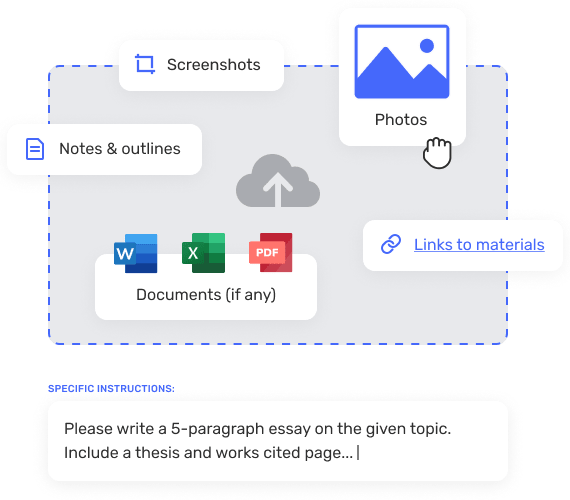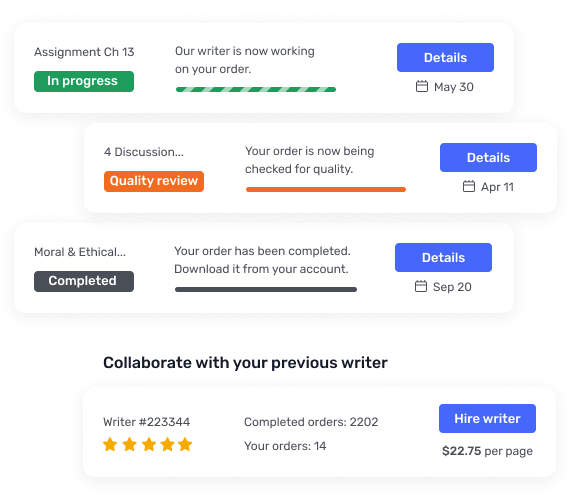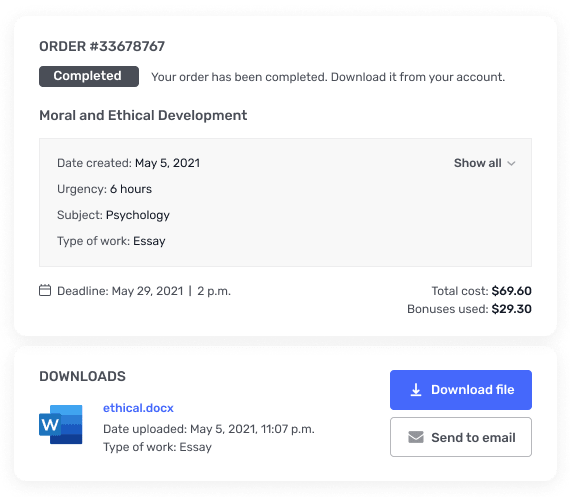CASE DESCRIPTION
CASE DESCRIPTION:Business risk and financial risk are among the most important concepts in corporate finance. The total risk of a corporation is the sum of its business risk and financial risk. Business risk is the risk of the corporation before the financing decision. It is the uncertainty inherent in the corporation’s future operating income. An important cause of business risk is sales volatility. Financial risk is the added risk caused by debt financing. Using financial leverage increases the total risk of the firm by increasing the volatility of a corporation’s net income and return on equity. The case provides an opportunity for students to understand the determinants of business risk, financial risk, and market value in a real-world setting. Kappa Television (KT) is a television retailer in California with a high sales volatility and business risk due to competition. The company is considering the effect of increasing financial leverage on its return on equity and common stock value.CASE INFORMATIONKappa Television (KT) Inc., is a midsize retailer of television sets in California with several stores in Los Angeles, San Francisco, and San Diego. Johnson is the founder and CEO of the company who has an electrical engineering degree from Princeton University. He always wanted to run a company. Soon after he received his degree from Princeton, he opened the first KT store in Los Angeles with some seed money from his parents and friends in 1990. The business was booming because there was an increasing demand for high definition television sets in the United States. Many people were getting rid of their old television sets and replacing them with new technology LCD or plasma television sets.The company enjoyed a high growth rate during its first few years. Ian Johnson took the company public with a successful initial public offering in 1995. The company paid no dividends and reinvested all of its earnings during the high growth years in the 1990s. The investors were happy with the capital gain the company’s stock was providing and they did not mind not receiving any dividends from the company. However, when the growth rate began to slow down at the turn of the century, the company had to start paying out some dividends with the pressure from the shareholders. The company has had no net growth during the last couple of years because many people have already replaced their old television sets with a new technology set. This has forced the company to start distributing all of its net income as dividends to shareholders. The business continues to be profitable, however, and the shareholders are happy to receive a substantial amount of dividend from the company every year.Generous dividend payments have helped the market price of the company’s stock to remain at a reasonably high level. However, an important problem causing volatility in KT’s sales and stock price has been television set imports with unknown brand names from phantom television set manufacturers in the Far East. These manufacturers would flood the market with cheap and low quality television sets from time to time causing KT’s sales and revenues to drop. Although many customers would prefer to buy quality television sets with well-known brand names, some people could not resist the low prices of the low quality television sets with unknown brand names. These phantom television set manufacturers would often stop their operations abruptly and they would disappear from the market for several years. In those years, KT would enjoy high levels of sales with good revenues.Sales Volatility and Business RiskIan Johnson realized the volatility of KT’s sales was adversely affecting the company’s business risk and stock price. Therefore, he decided the company should conduct a study to determine the effects. At the beginning of the year, KT hired Nancy Smart, who is a recent graduate of the Wharton MBA Program, as the head of the company’s newly established Financial Analysis Department. Ian Johnson is familiar with the Wharton MBA Program’s course offerings. He had considered getting an MBA degree from the Wharton School himself when he graduated from Princeton before finally deciding to go into the television sales business in Los Angeles. Wharton’s MBA Program emphasizes case problems and Ian Johnson knew that sales volatility and business risk related problems are extensively studied in the MBA finance classes. Therefore, he was quite sure that Nancy Smart could do a good job for them in analyzing the impact of KT’s sales volatility on the company’s business risk. The following conversation took place between Ian Johnson and Jamie Smart when they were discussing the issue:Johnson: We have considerable volatility in our sales. Is there any effect of sales volatility on a company’s business risk?Smart: Business risk is defined as the volatility of a company’s operating income (earnings before interest and taxes). Sales volatility is a major cause of business risk. A high business risk level can have a significant adverse effect on a company’s market value. If we can reduce KT’s sales volatility, we can lower our business risk and improve our market value.Johnson: The main cause of the volatility in our sales is the low price and low quality unknown brand name television set imports from phantom manufacturers in the Far East. These imports are mainly affecting the West Coast retailers. Our marketing department suggests that we could reduce the volatility in our sales significantly by having geographical diversification within the United States by opening new stores in several other states.Smart: If we can reduce the volatility in our sales, it would lower our business risk and improve KT’s market value. With less competition from the phantom Far East manufacturers, our expected revenues are also likely to be positively affected. It would also have a favorable effect on KT’s market value.2Johnson: Our marketing department is expecting a large decrease in the volatility of our sales if we have geographical diversification next year. We are also expecting some improvement in our expected sales and revenue figures with less competition from the Far East phantom manufacturers. I will email you the probability distributions of our estimated sales for the current year and for next year. Please prepare a report analyzing the relationship between our sales volatility and business risk.Smart: I can prepare the report within a week after I receive the statistics from you. With the statistical data in Table 1, Nancy Smart prepared a report analyzing the impact ofKT’s sales volatility on the company’s business risk.Table 1: Probability Distribution of SalesVariable Costs: Fixed Costs: Marginal Tax Rate:50% of Sales $9,000,000 35%Probability Distribution of Current Year’s SalesProb. Low 0.2 Below Average 0.2 Average 0.2 Above Average 0.2 High 0.2Sales $20,000,000 25,000,000 30,000,000 35,000,000 40,000,000Probability Distribution of Forecasted sales for Next YearProb. Low 0.3 Average 0.4 High 0.3Sales $28,000,000 33,000,000 38,000,000This table provides the expected probability distribution of KT’s sales for the current year and next year. These statistics can be used to evaluate the effect of reducing sales volatility on the firm’s business risk.Financial Leverage and Financial RiskIan Johnson was very pleased when he received Nancy Smart’s report analyzing the impact of KT’s sales volatility on the company’s business risk. He thought that he had made a good decision by appointing Nancy Smart as the head of the company’s newly established Financial Analysis Department.Another issue that was bothering Ian Johnson was that KT was using only equity financing with no long-term debt. He knew that some competitors were using as much as 30 percentdebt financing. The issue did not matter too much when the company was experiencing a high growth rate in the 1990s and the stockholders were enjoying large capital gains. However, because of the sluggish growth rates in recent years, it would be a good idea to boost the return o
n stockholders’ equity by using financial leverage. Ian Johnson decided to discuss this issue with Nancy Smart.Johnson: Do you think it would be a good idea for KT to use some financial leverage to boost its return on equity?Smart: Definitely. The optimal debt ratio in our line of business is about 30 percent. Therefore, using up to 30 percent financial leverage would increase KT’s return on equity and improve our stock price. Because of the Fed’s easy money policy, interest rates are low currently. It would be a good idea for KT to have some debt financing in its capital structure.Johnson: We already have a high business risk because of our sales volatility. Do you think the company’s total risk would be too high if we use financial leverage?Smart: True. It is recommended that business lines with an inherently high business risk should not use too much financial leverage. According to Dunn & Bradstreet statistics, most firms in our line of business have about 30 percent financial leverage. Therefore, it should be OK for KT to use up to 30 percent financial leverage. In some other lines of business with lower business risk, the debt ratio can be as high as 50 or 60 percent.Johnson: What precisely is the effect of using debt financing on a company’s total risk?Smart: A company’s total risk is measured by the volatility of its ROE (return on equity). For a firm that does not use any debt financing, the volatility of its operating income (EBIT) would be the same as the volatility of its ROE. Such a company’s total risk would consist only of business risk. It is KT’s current position now. When a company starts using debt financing, the volatility of its ROE increases. The additional volatility in ROE caused by using financial leverage is called financial risk. The higher the debt ratio, the higher the financial risk. If the debt ratio is above the optimal level, it can adversely affect a company’s market value.Johnson: What is the effect of using debt financing on the shareholders’ risk?Smart: An increase in financial risk to the shareholders could be measured by the increase in the systematic risk. Currently, the beta of KT is 1.0, which is the unlevered beta since we have no debt. By increasing the leverage, we expect the beta to increase to 1.26.Johnson: What about the change in the firm value if we issue new debt?Smart: We expect the KT value to remain at $20 million after increasing the leverage from 0% debt to 30% debt.Johnson: I would like to receive a report analyzing the possible effect of using 30% financial leverage on KT’s ROE and total risk. Investment bankers suggest that we should be able to sell long-term bonds with an interest rate of 8 percent. I would like to explain the advantages of our company using 30% financial leverage to our stockholders in the stockholders meeting two weeks from now. Would you be able to prepare the report within a week?Smart: No problem! I should be able to prepare the report within a week. Ian Johnson was very pleased when he received the report, which clearly showed the effects of KT using 30% financial leverage on the stockholders’ return on equity and on the company’s total risk.QUESTIONSAssume that you are Nancy Smart. Answer the following questions:Calculate the expected value, standard deviation, and the coefficient of variation of KT’s sales for the current year.Calculate the expected value, standard deviation, and the coefficient of variation of KT’s ROE with the sales figures for the current year.Evaluate the effect of the current sales volatility on the company’s business risk.Calculate the expected value, standard deviation, and the coefficients of variation of KT’s sales and ROE with the sales forecast for next year.Calculate the value of equity after the new debt issue if KT decides to buy back stocks with the new debt issue. Assume KT does not have any short-term investments.Determine how the expected decrease in sales volatility next year will affect the company’s business risk.Calculate the expected value, standard deviation, and the coefficients of variation of KT’s current sales and ROE with 30 percent financial leverage. Evaluate the effect of using 30 percent financial leverage on the company’s current total risk.Calculate the expected value, standard deviation, and the coefficients of variation of next year’s sales forecast and ROE with 30 percent financial leverage. Evaluate the effect of using 30 percent financial leverage on the company’s total risk next year.What are the advantages and disadvantages of additional debt on KT?Calculate the cost of equity for KT before and after the new debt issue given the risk-free rate is 3.5% and the market risk premium is 5%.




